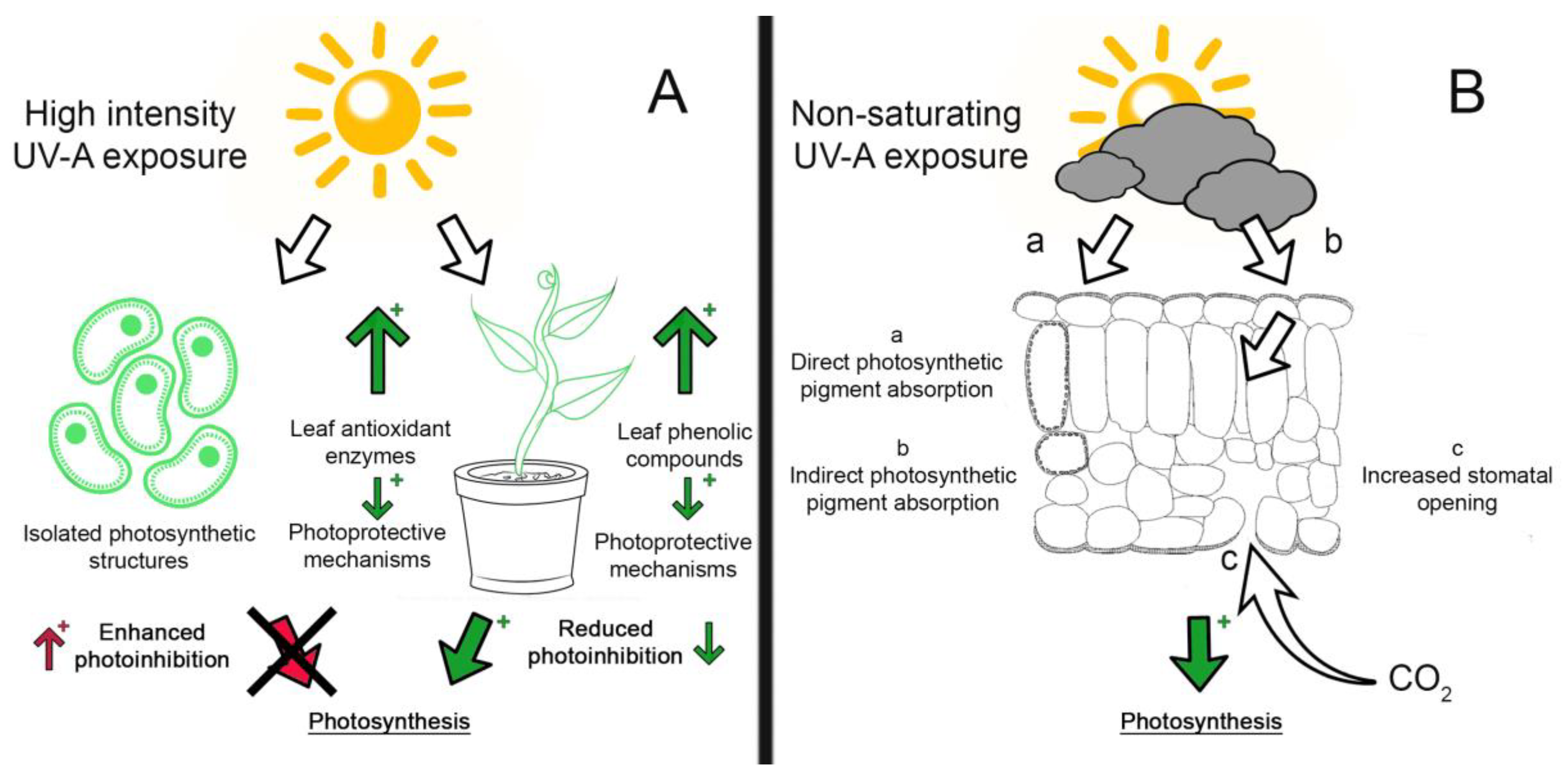Uvc Light - The Facts
How Uvc Light can Save You Time, Stress, and Money.
Table of Contents10 Simple Techniques For Uvc LightThe Best Guide To Uvc LightUvc Light - QuestionsLittle Known Facts About Uvc Light.The Single Strategy To Use For Uvc LightGetting My Uvc Light To Work
A new sort of ultraviolet light that might be secure for people took much less than 5 minutes to decrease the level of interior air-borne microorganisms by more than 98%, a joint research study by scientists at Columbia University Vagelos College of Physicians and Surgeons and in the U.K. has actually discovered. Also as germs remained to be splashed into the area, the level remained extremely reduced as lengthy as the lights were on.But previously these research studies had actually just been conducted in small experimental chambers, not in full-sized rooms resembling real-world conditions. In the current research, researchers at the College of St. Andrews, University of Dundee, College of Leeds, and Columbia University checked the effectiveness of far-UVC light in a huge room-sized chamber with the very same air flow rate as a common home or office (concerning 3 air adjustments per hour).
The efficiency of different approaches to lowering interior infection levels is usually gauged in terms of equivalent air modifications per hour. In this research, far-UVC lamps created the equivalent of 184 equal air exchanges per hour. This surpasses any kind of other strategy to sanitizing occupied interior spaces, where five to 20 comparable air changes per hour is the ideal that can be accomplished virtually.
Some Of Uvc Light

The major parameters of UV-C sanitation are wavelength, dosage, family member humidity, and temperature level. There is no consensus concerning their optimum worths, yet, as a whole, light at a high dose and a range of wavelengths having 260 nm is chosen in an environment at space temperature with low relative moisture. This light can be produced by mercury-vapour, light-emitting diode (LED), pulsed-xenon, or excimer lights.
There are wellness and safety and security dangers connected with the UV-C modern technology when made use of in the proximity of people. UV-C disinfection systems have encouraging functions and the potential to enhance in the future. However, clarifications bordering the various specifications influencing the modern technologies' efficiency in healthcare facility atmosphere are required. Therefore UV-C disinfection need to currently be thought about for low-level as opposed to top-level sanitation.
An additional application emerged in 1910 when UV light was made use of to sanitize water. Nowadays, UV light is utilized for water, air, food, surface area, and clinical tools disinfection.
The Best Guide To Uvc Light
DNA, RNA, or healthy proteins of a micro-organism soak up UV light, with a peak absorbance around 260 click here for more info nm [6] This results in the interruption of DNA or RNA, bring about the inactivation of the micro-organism. UV-C-induced DNA disruption commonly contains the bonding of two neighbouring thymine (or cytosine) bases as opposed to the standard linking of a base with its complementary base upon the other hair.

The UV-C area is made use of for sanitation but there is no agreement on the specific optimum wavelength. Light at 260 nm can create the most disturbance. Numerous micro-organisms are most her response susceptible to slightly different wavelengths.
A Biased View of Uvc Light
It also has a fringe benefit by reducing photoreactivation via a reduction of photolyase [9] On the various other hand, it has technological implications given that the complete power of the light beam of light is after that separated over all existing wavelengths. Therefore, a micro-organism that is susceptible to 254 nm light will certainly be suspended much more by a lamp that discharges only light at 254 nm than a lamp that discharges a wavelength spectrum at equivalent total power.
Exposure times of 1045 minutes for area sanitation and 25 s to 5 minutes for medical equipment were experienced in literature. The intensity is vice versa symmetrical to the squared distance in between the light and the surface area and is consequently defined at the surface in the dosage calculation equation [14]
Better, the outcome of a light lowers gradually, so it is suggested to calculate the dose at the end of lamp life, which is agent of a worst-case circumstance. The dosage also influences the amount of photoreactivation. Quek et al. located that the percent of photoreactivation lowered from 5.31% to 0% for an increase in dose from 1.6 to 19.7 mJ/cm2 [8]
Zhang et al. observed a change in UV irradiance of 34% when the RH enhanced from 50% to 90% [18] The amount of RH impact on UV effectiveness relies on the here and now micro-organism and is more noticeable for microorganisms than for infections [16] The influence of temperature level depends on the light resource.
The Definitive Guide to Uvc Light


This is referred to as far UV-C technology and is a reasonably brand-new disinfection approach with minimal knowledge about its efficiency. This makes it riskier to totally depend on this technology for sanitation in the healthcare facility and it is therefore not commonly used [21] Nonetheless, it also has benefits such as a decreased threat for usage near people as a result of a lower penetration deepness into the skin and eyes [ 26]
In original site research study, the outcomes on pulsed versus constant UV-C disinfection efficiency differ. When comparing pulsed and continual light it is vital to keep other variables such as wavelength and dose consistent. Nyangaresi et al. and Sholtes et al. both found that pulsed or constant light sent out by LEDs led to equivalent log10 reductions [15,28]
Uvc Light - The Facts
In case ozone is not needed for disinfection, a changed light can be utilized. For mercury-vapour lamps, drugged quartz glass or specialized soft glass can filter out short-wave UV-C light - uvc light.